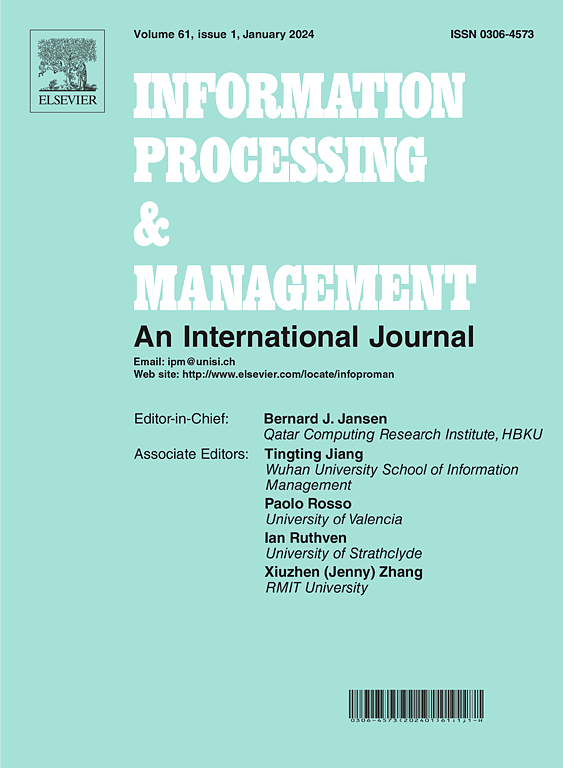Online learning from drifting capricious data streams with flexible Hoeffding tree
IF 7.4
1区 管理学
Q1 COMPUTER SCIENCE, INFORMATION SYSTEMS
引用次数: 0
Abstract
Capricious data streams, marked by random emergence and disappearance of features, are common in practical scenarios such as sensor networks. In existing research, they are mainly handled based on linear classifiers, feature correlation or ensemble of trees. There exist deficiencies such as limited learning capacity and high time cost. More importantly, the concept drift problem in them receives little attention. Therefore, drifting capricious data streams are focused on in this paper, and a new algorithm DCFHT (online learning from Drifting Capricious data streams with Flexible Hoeffding Tree) is proposed based on a single Hoeffding tree. DCFHT can achieve non-linear modeling and adaptation to drifts. First, DCFHT dynamically reuses and restructures the tree. The reusable information includes the tree structure and the information stored in each node. The restructuring process ensures that the Hoeffding tree dynamically aligns with the latest universal feature space. Second, DCFHT adapts to drifts in an informed way. When a drift is detected, DCFHT starts training a backup learner until it reaches the ability to replace the primary learner. Various experiments on 22 public and 15 synthetic datasets show that it is not only more accurate, but also maintains relatively low runtime on capricious data streams.
利用灵活的Hoeffding树从飘忽不定的数据流中进行在线学习
以特征随机出现和消失为特征的反复无常的数据流在传感器网络等实际场景中很常见。在现有的研究中,它们主要是基于线性分类器、特征相关性或树的集合来处理的。存在学习能力有限、时间成本高等不足。更重要的是,其中的概念漂移问题很少受到重视。因此,本文以漂移任性数据流为研究对象,提出了一种基于单一Hoeffding树的在线学习算法DCFHT (online learning from drifting任性数据流with Flexible Hoeffding Tree)。DCFHT可以实现非线性建模和对漂移的自适应。首先,DCFHT动态重用和重构树。可重用信息包括树结构和存储在每个节点上的信息。重构过程确保Hoeffding树与最新的通用特征空间动态对齐。其次,DCFHT以一种知情的方式适应漂移。当检测到漂移时,DCFHT开始训练备用学习器,直到它达到取代主学习器的能力。在22个公开数据集和15个合成数据集上进行的各种实验表明,该方法不仅精度更高,而且在多变的数据流上保持了相对较低的运行时间。
本文章由计算机程序翻译,如有差异,请以英文原文为准。
求助全文
约1分钟内获得全文
求助全文
来源期刊

Information Processing & Management
工程技术-计算机:信息系统
CiteScore
17.00
自引率
11.60%
发文量
276
审稿时长
39 days
期刊介绍:
Information Processing and Management is dedicated to publishing cutting-edge original research at the convergence of computing and information science. Our scope encompasses theory, methods, and applications across various domains, including advertising, business, health, information science, information technology marketing, and social computing.
We aim to cater to the interests of both primary researchers and practitioners by offering an effective platform for the timely dissemination of advanced and topical issues in this interdisciplinary field. The journal places particular emphasis on original research articles, research survey articles, research method articles, and articles addressing critical applications of research. Join us in advancing knowledge and innovation at the intersection of computing and information science.
 求助内容:
求助内容: 应助结果提醒方式:
应助结果提醒方式:


